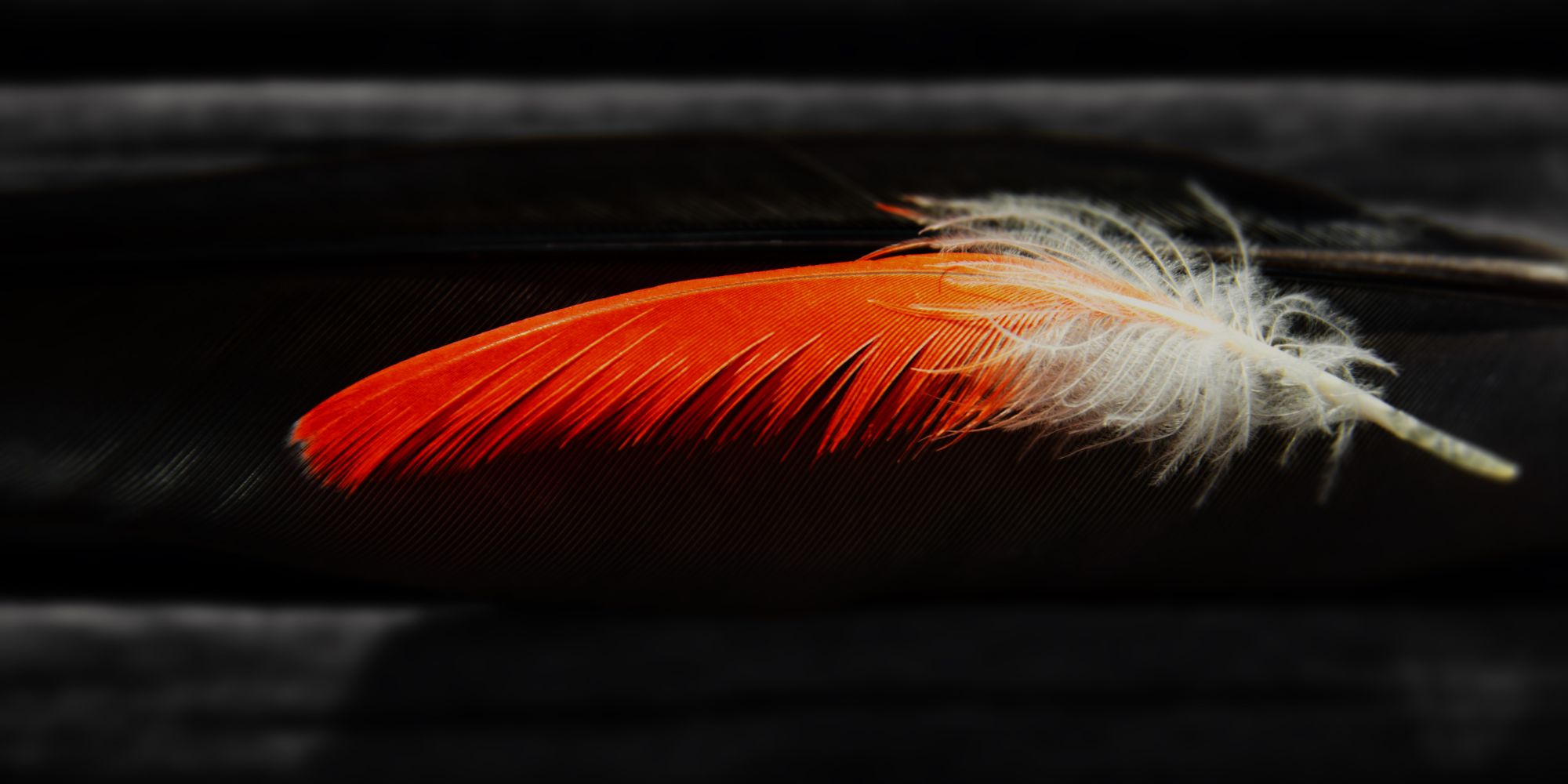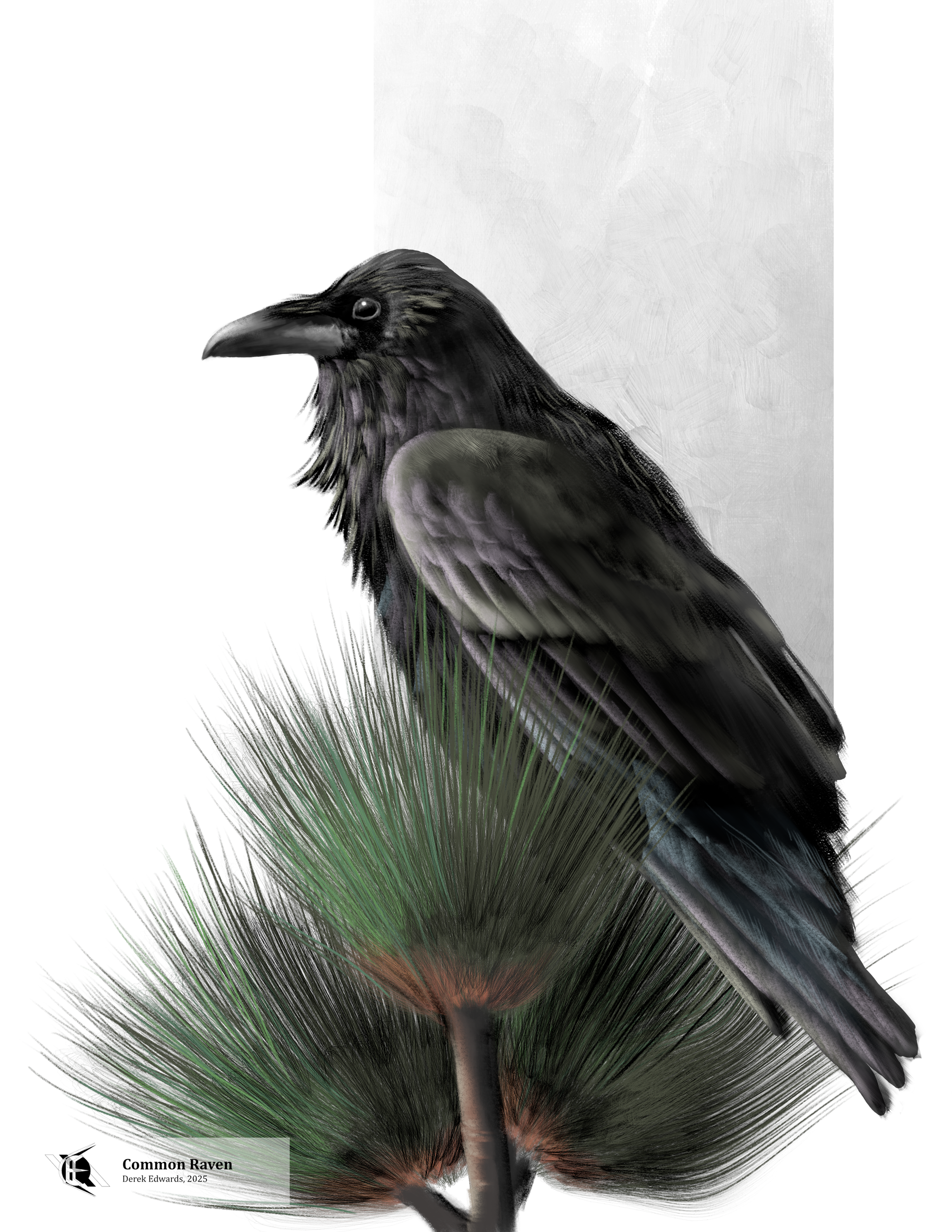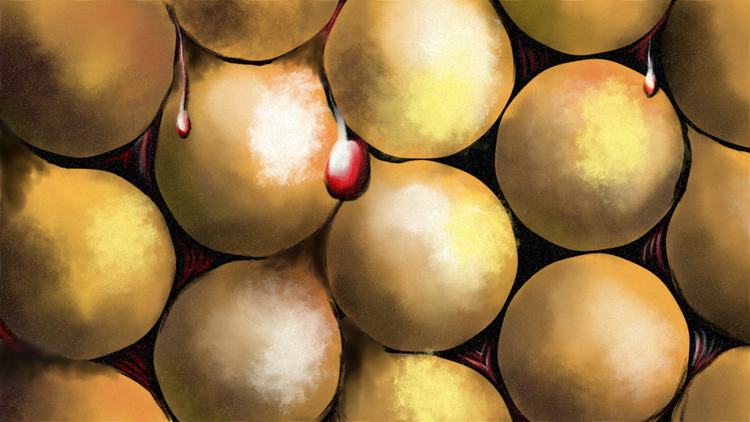
Running Commentary 10/27/2025
Hello,
I swung by Big Marsh Lake (near Battle Creek) last night to see the annual gathering of sandhill cranes migrating through the Great Lakes that roost there. I saw thousands of cranes but I was honestly more excited to find an eastern towhee, only the second one that I’ve gotten a good view of. I got a video of it calling “tWHEE, tWHEE” like they do, which you can see in my excursion notes.
Anyway...
Reading...

Mind of the Raven by Bernd Heinrich
(Yes, the common raven is the Bird of the Week this week; I’ll discuss this book here and the bird it’s about down there.)
I've read many books about birds, often written by professional nonfiction authors who review the science as part of their writing process. This book is written by a research scientist, so it’s a bit different. Heinrich doesn’t focus on discoveries made while writing this book, but rather shares what he’s learned over a career of personally studying ravens.
- Heinrich doesn’t get too technical for a general audience, but he does spend much of the book describing the methods and results of various particular experiments he’s run on his ravens in a way that often reads like a paraphrased academic paper. The book isn’t dry, but some passages lost my interest from time to time. It’s not that the book feels padded; rather, I think Heinrich struggled to filter out the core narrative of his experiments. He perhaps erred on the side of thoroughness, or perhaps his perspective was too much from the middle to separate one thing from another.
- Heinrich focuses on matters of raven intelligence. That ravens are exceptionally smart animals is something people have long noted. They have a longstanding association with hunters, though Heinrich points out that they are cast, often unfairly, as the enemy of farmers; in both cases because of their flexibility and resourcefulness. Despite their relatively solitary reputation, ravens exhibit social hierarchies when in the presence of other ravens. Each bird must make judgments about how to behave around others. And Heinrich’s experiments show that ravens have a great capacity to solve novel problems.
- Heinrich concludes that ravens are indeed intelligent—less so than humans, but more than most creatures. Defining intelligence is tricky, of course, but it’s clear that ravens think, remember, and consider their actions.
- Overall, this book is a fascinating summary of a life spent studying and trying to understand ravens. I think it would make a great counterpoint to Akerman’s The Genius of Birds, which is somewhat the Eels: An Exploration to this book’s The Book of Eels. It’s very much an insider’s look at the raven, and worth reading if you have any interest in birds or animal intelligence.
- Heinrich emphasizes that each raven is an individual, and that a phenomenon observed in one bird shouldn’t be automatically generalized to the species. He discusses his difficulty in identifying individual ravens without color-coded leg rings or wing tags. Ravens can distinguish one another, as evidenced by how they treat different individuals, and they can tell Heinrich apart from other people they don’t know well—though they can be fooled by disguises.
Playing...

Warframe
The Vallis Undermined
- The new bounties are okay. There's nothing especially annoying in them, except in one case when you'll often lose your bonus unless you ignore the main objective and go after the bonus objective first instead. But that's it.
- I like the new maps. They’re similar to the familiar Vallis caves, but different enough not to feel copy-pasted. That said, while running bounties, I don’t feel like I have much freedom to explore. That makes collecting mushrooms — which is kind of the point of playing in the Deepmines — feel like going off-objective in a way that feels weird. Usually, you come across them as you go where you’re told, but not always.
- Speaking of, the mushroom search doesn’t feel like something I’ll return to much now that I’ve ranked up. It’s an interesting mechanic, but the number of mushrooms required for each tier seems a little high—probably to keep people from just sprinting through progression. If I could just roam the Deepmines and find mushrooms without an additional objective, I’d feel better about it.
- As for Nokko acquisition: just by ranking up with Nightcap, I managed to get two full Nokko sets and two-and-a-half sets of his archgun. Nightcap’s bounties are quite soloable, so I’m not worried about players missing out once public squads dry up. He’s not quickly farmed, but he should remain relatively accessible compared to some other ‘frames. And speaking of…
Nokko
Nokko is a mushroom-themed ‘frame whose core concept seems to be “fungi = fun guy”, where “fun=bouncy”. His kit is fairly passive and stationary, which makes him a poor fit for quick run-through missions, but he’s quite effective otherwise. His gameplay loop is pretty straightforward: He enters a room and lays down mushrooms; his first ability places a round mushroom that deals viral damage and incapacitates nearby enemies; his second ability places a flat mushroom that restores energy to himself and allies and boosts ability strength. Because of that boost, I tend to place a flat mushroom first, then one or two round mushrooms nearby. You can hop and bounce on these mushrooms to boost their effects. His fourth ability sends a bouncing ball between mushrooms and enemies—up to ten bounces—each dealing increasing damage, directly and splash. You can’t aim it precisely at a particular enemy, but once it runs its course, the general group of enemies you threw the ball at are usually dead.
Nokko’s third ability is kind of bad. It puts him in an invulnerable state where he heals any damage taken, which sounds great—like Wukong’s Cloud Walker—but when Nokko is downed, he turns into a little mushroom fellow and can revive himself by hopping over to one of his placed mushrooms. He’s not meant to stay alive; he’s meant to die and come back. You can use his 3 to escape a crush of enemies, but unlike Cloud Walker, it hampers mobility and isn’t a great escape tool. It’s really only good for dropping out of combat briefly. I honestly wonder if DE doesn’t still worry that Wukong is too powerful and tried to avoid giving another ‘frame one of his powers, but I’d rather they’d have kept the mobility boost and left out the heal if that was their intent.
Nokko is fun and unique to play. He’s a stationary objective specialist, even though he’s not a crowd control ‘frame. He’d be a hard ‘frame to main, but then again—there’s no real reason to main ‘frames. He’s worth getting and fun to use, certainly.
Oberon
Oberon’s rework definitely changed him—and improved him. It didn’t make him a top-tier frame, which is a little unfortunate for a longtime Oberon player to see, but he now has a clearer gameplay identity.
His powerset hasn’t fundamentally changed—it’s the same four abilities as always—but they’ve all been tweaked to work better. Hallowed Ground now applies around him instead of just in front, which is nice. The — quite frankly, this is what it was — bug affecting how Renewal worked in a squad with summoner ‘frames has been fixed. Reckoning generally works better at attacking a group of enemies, with the trade-off that it’s line-of-sight now, though that doesn’t seem to matter much given its close-range nature, and it gives Oberon an armor boost now. The biggest change is to Smite, which used to be a weak group rad status proc, and is now it’s a strong single-target attack that opens enemies to finishers. It doesn’t instantly kill enemies; damage is capped at 75% of health if built for strength, and it’s less than that if you don’t. This is still pretty good if used against a particularly strong enemy. I’ve found it’s practically an eximus delete button, since it strips them of all their overguard and 75% of their health, which leaves them open to finishers immediately, no matter what level they are. It’s pretty useless against groups of low-level mobs, which was previously the only thing Smite could kill. Oberon isn’t a nuke frame, but he’s a very effective leveller in Warframe’s asymmetrical landscape. He enhances his and his squad’s survivability while removing the defenses and breaking the formations of his enemies. That’s something to be, even if it’s not the absolute best thing to be in the game as it currently stands. Even if Smite isn’t a one-tap kill, when I switched to playing Nokko, I missed being able to easily take out eximi, which I’ll take as confirmation that Oberon’s worth playing again.
“The Teacher” - new intro to modding quest
This quest does what it sets out to do—introduce modding to new players. But it only introduces it. There’s a lot more to modding as veteran Tenno understand it than what’s presented here, which is really just a primer on elemental damage. That’s not a bad thing. Leaving deeper teaching to the player community helps build that community. And, after all, this game gets huge re-working updates fairly regularly — just look at old Overframe builds to see how difficult it would be to put something set in stone in-game telling players what a good build to make would be. Hopefully this quest leaves new players a little less confused than before. At the least it pushes them in the direction of learning how to properly mod. There are a lot of games out there with gear upgrades that make really incremental differences in gameplay and are basically optional, thus it’s important for new Warframe players to know that, in this game, modding is the difference between your gear being effective at all or not. (If you need an example of this, just look at my Nokko Steel Path Bounty run in the video above; I’d forgotten to put any mods on my new Coda Caustacyst, which is why I was having such a tough time there.)
This quest also provides a much-needed narrative introduction to Teshin. He was supposed to be introduced through the Conclave, but no one plays Conclave. Even then, he wasn’t properly introduced until “The War Within”, where he’s already meant to be a trusted friend. With this new quest at the start of the game, those later story beats should feel more impactful.
With an end-game player’s gear, I found the quest pretty easy. The one bit where you and your Warframe fight with Teshin’s barely-modded rifle wasn’t too hard, though, and generally Warframe’s quests aren’t about challenging gameplay, at least not challenging in the way gameplay is outside of the quests. I expect that new players won’t really be challenged to get through this compared to the Vor fight they just got through.


Bird of the Week
There are weeks when I sit down with a bird in mind and struggle to find anything about it worth passing along. This is not one of those weeks. Between scientific papers, personal accounts, books, anecdotes I've heard from others, curious myths, famous poems, sci-fi stories, old birder's journals, and more, I don't think I ever have found — or ever will again find — so much about a species as I have about this week's bird: the Common Raven.
Befitting such a widely known bird, the Common Raven is one of the most widespread birds in the world, found across much of the Northern Hemisphere north of the tropics, with notable gaps in eastern China, Japan, and throughout much of the United States east of the Rocky Mountains. I live in that last gap, which is why I first saw ravens in the wild just this year, when I went up north to search for Kirtland’s warblers. Where ravens are found, they’re hard to miss: large, all-black birds, like the living shadows of eagles.

Throughout their range, ravens are part of human culture, admired for their intelligence and their associations with death. Both traits converge in Edgar Allan Poe’s “The Raven,” which is not only Poe’s most famous poem but also one of the most famous poems about a bird, up there with Coleridge’s “Rime of the Ancient Mariner” and, I dunno, Dickinson’s “Hope is the thing with feathers,” if you want to count that one. Poe’s raven symbolizes unending grief over a lost love and exhibits a limited capacity for human speech, which is a real skill in some ravens. Poe supposedly based his raven partly on Grip, a raven featured in Dickens’ Barnaby Rudge, who babbles away in fragmented phrases picked up from the people it lives among.^1,2^ But there are plenty of stories of ravens not just imitating sounds but actually using human phrases. I myself have seen ravens in a zoo whom the keepers told me had learned the phrase “Come here,” not just imitating the sound but using it correctly, saying it to squirrels who wandered into their enclosure (and which they wanted to eat).
Even ravens who don’t speak may still communicate to creatures beyond their own kind. Ravens have been known to scout forests and call when they find large prey animals, alerting both human hunters and wolf packs. Afterwards, the ravens hope to feed on the carcass.^3^ Noted omnivores, ravens will gladly eat animals—but without the hooked beaks and sharp talons possessed by true birds of prey, they can’t take down large beasts or even rip open a dead creature by themselves. They need help, and they seek it out. If they can’t ingratiate themselves with a hunting party, ravens will scavenge from carcasses. Battlefields have long been known as feasting grounds for ravens. Hence, their morbid reputation; ravens follow death, and depend on it for their survival.
Audubon offered a defense of the raven in his Ornithological Biography, decrying as foolish the people who would destroy a raven’s nest because they considered its presence an ill omen or feared the raven might destroy their livestock:
Notwithstanding all the care of the Raven, his nest is invaded where-ever it is found. His usefulness is forgotten, his faults are remembered and multiplied by imagination; and whenever he presents himself he is shot at, because from time immemorial ignorance, prejudice, and destructiveness have operated on the mind of man to his detriment. Men will peril their lives to reach his nest, assisted by ropes and poles, alleging merely that he has killed one of their numerous sheep or lambs. Some say they destroy the Raven because he is black; others, because his croaking is unpleasant and ominous! Unfortunate truly are the young ones that are carried home to become the wretched pets of some ill-brought-up child! For my part, I admire the Raven, because I see much in him calculated to excite our wonder. It is true that he may sometimes hasten the death of a half-starved sheep, or destroy a weakly lamb; he may eat the eggs of other birds, or occasionally steal from the farmer some of those which he calls his own; young fowls also afford precious morsels to him-self and his progeny; but how many sheep, lambs, and fowls, are saved through his agency! The more intelligent of our farmers are well aware that the Raven destroys numberless insects, grubs, and worms; that he kills mice, moles, and rats, whenever he can find them; that he will seize the weasel, the young opossum, and the skunk; that, with the perseverance of a cat, he will watch the burrows of foxes, and pounce on the cubs; our farmers also are fully aware that he apprises them of the wolf's prowlings around their yard, and that he never intrudes on their corn fields except to benefit them;^4^
Ravens are protected now, so such destruction isn’t a pressing problem anymore, but many people remain averse to ravens. When I made my trip to Grayling to find its Kirkland’s warblers, the raven was on my list of birds I’d be on the lookout for—and, I’m happy to say, on the list of birds I actually found. When I spoke with others about my trip, more than once someone told me they’d hope not to encounter a raven. Some combination of their visual shadowiness, their associations with death and night, and their uncanny intelligence has left an eerie aura around the raven. Grackles are black, vultures eat the dead, and starlings can be taught to speak, but Poe couldn’t have written “The Raven” about any other bird. Ravens are spooky.
For those who aren’t averse to ravens and want to see them, it’s important to be able to tell them from crows. On the one hand, this is simple: ravens are much larger than crows. Indeed, “raven” is simply the word for a large crow, with ravens and true crows all belonging to the same genus. But in the field, it’s not always apparent what size something is, especially if it’s flying, so here are some additional tips:
- Ravens are peaked at either end, where crows are rounded: ravens have wedge-shaped tails that come to an angle in the center, while a crow’s fan-shaped tail sweeps evenly across the edge; and ravens have a somewhat pointed, rather than a round-topped, head.
- Ravens have longer wings, reaching to the ends of their tails when folded, while most species of crows have wings that fall short of the tail’s end.
- And of course, ravens and crows sound different: crows caw, at least American and house crows do. Ravens make a variety of noises, but generally it can be said that Corvus corax croaks.
To science, the Common Raven is Corvus corax, still the original name given to the species by Linnaeus in the 10th edition of Systema Naturae. “Corvus” is the Latin name for the crow, which has given us the term “corvid” for any bird in the crow family. “Corax” is also a Latin name for the raven, this one derived from a Greek word for “croak.”^5^ Fans of the Warhammer universe will recognize Corvus Corax as a name also given to one of the mighty Primarchs, superhuman soldiers who lead humanity’s legions across the stars. He specifically is captain of the Raven Guard, a force focused on air superiority and reconnaissance—much like the role real ravens play in support of apex predators.
- Buckley, Jerome H. “‘Quoth the Raven’: The Role of Grip in ‘Barnaby Rudge.’” Dickens Studies Annual 21 (1992): 27–35. http://www.jstor.org/stable/44364560.
- Jones, Joseph. “‘The Raven’ and ‘The Raven’: Another Source of Poe’s Poem.” American Literature 30, no. 2 (1958): 185–93. https://doi.org/10.2307/2922488.
- Heinrich, Bernd. Mind of the Raven: Investigations and Adventures with Wolf-Birds. Harper Perennial, 2007. (Chapter 20)
- Audubon, John James. Ornithological Biography, 1831. Vol. 2, p. 4
- Jobling, J. A. (editor). The Key to Scientific Names in Birds of the World (S. M. Billerman et al. editors), Cornell Laboratory of Ornithology, Ithaca.
- “Corvus Corax.” Warhammer 40k - Lexicanum, October 15, 2025. https://wh40k.lexicanum.com/wiki/Corvus_Corax.
Curation Links
"Norfolk Must Be Destroyed!" | Andrew Lawler, Smithsonian
“No American city before or since has suffered such complete destruction. Numerous history books and even Philadelphia’s Museum of the American Revolution maintain the story that Dunmore destroyed the entire town. There is, however, one problem with this dramatic claim about such a consequential Revolutionary episode: It isn’t true.”
Ralph Nader Has a Pencil Eraser Problem. We Investigated. | Annmarie Conte, Wirecutter
“Before you use a third of it, over time the eraser goes hard on you. Not only is it useless, it smudges and backfires,” complained consumer advocate Ralph Nader to the aptly-named Conte, prompting this inquiry into what pencil erasers are, which ones are the best, and whether manufacturers are cravenly standing in the way of a perfect product.
This Little Rover Stayed Home | Allison Marsh, IEEE Spectrum
The story of the Marie Curie, sister to the Mars Rover Sojourner which was not sent to Mars, but rather stayed at the JPL to serve as an Earthside reference for the people operating Sojourner remotely. Either rover could have made the trip, but, obviously, if one’s named Sojourner that ought to be the one sent on a journey. Still, the Marie Curie was an important part of the Mars mission and deserves to be remembered.
The Raven | Edgar Allan Poe
[FICTION] Poe’s most famous poem and also one of the most famous poems about a bird. Poe’s raven symbolizes unending grief over a lost love and exhibits a limited capacity for human speech, which is a real skill in some ravens.
See the full archive of curations on Notion







Member Commentary